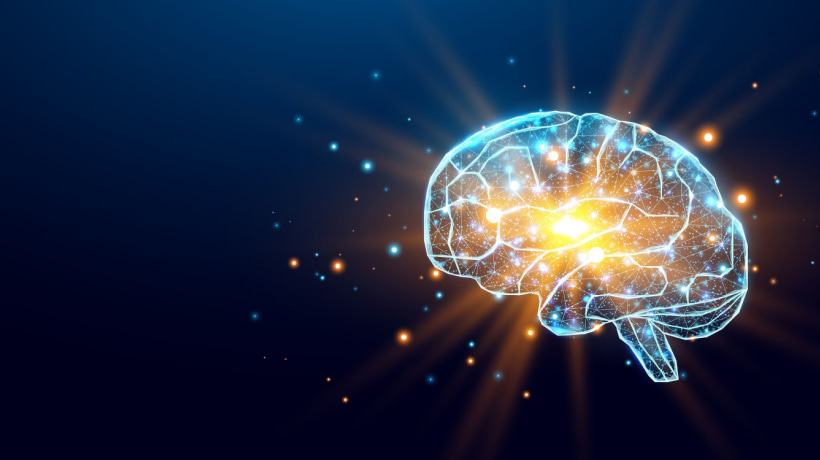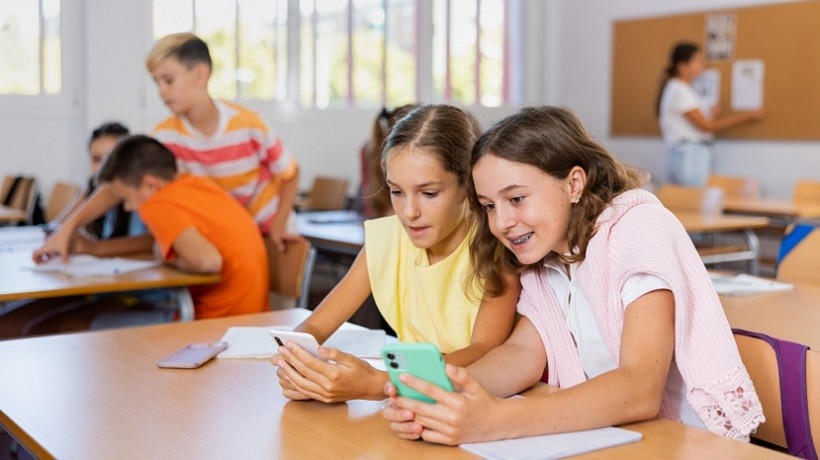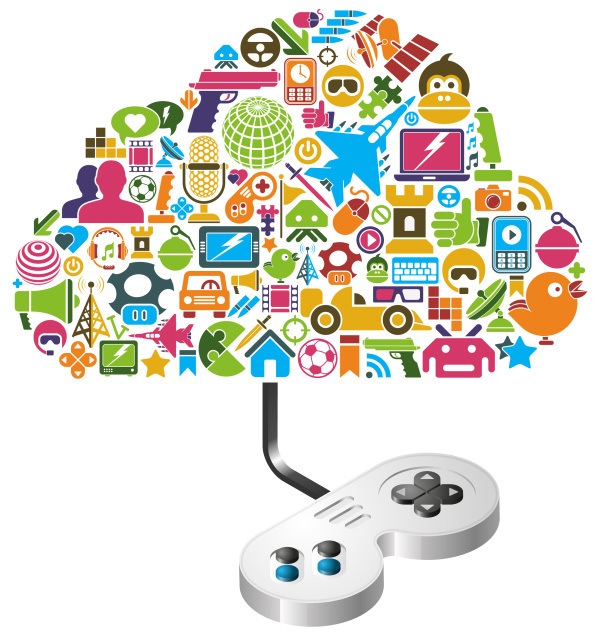Why Learning Should Look More Like A Game
Game-based learning has often been seen as a "nice to have," a tool for engagement, a break from the serious business of training. But what if it's more than that? What if game-based learning isn't just engaging—it's actually closer to how the brain really learns?
A new neuroscience study published in Science Daily offers compelling evidence that backs this up. And as someone who's spent the last two decades at the intersection of psychology, learning, and game design, I believe it fundamentally changes how we should think about corporate learning.
Neurons: Tiny, Adaptable Learning Machines
Researchers at UC San Diego discovered that a single brain cell—a neuron—doesn't just follow one learning rule. Instead, different parts of that same cell can learn in different ways, depending on what kind of input they're getting and where it's coming from.
This means learning in the brain isn't one-size-fits-all. The brain doesn't follow a single script. It adapts on the fly, based on what's happening around it—using whatever strategy works best in the moment. It processes different types of input in parallel, adjusting how it learns based on local activity and context.
This discovery supports what many of us in learning design have suspected all along: effective learning is contextual, multi-layered, and fluid.
The Parallel With Game-Based Learning
When you design learning through games, you're building systems that encourage exploration, feedback, and strategic adjustment. Done well, learning games are structurally similar to this kind of distributed, adaptive learning—with multiple pathways for feedback, contextual decision making, and strategic adjustment. Here's how the two connect:
1. Multiple Learning Loops
A neuron learns through several mechanisms at once. Similarly, in games, we design multiple feedback systems:
- Immediate consequences for actions (such as a character's response or score change).
- Longer-term rewards for persistence or pattern recognition.
- Moments for reflection that encourage learners to pause, think, and adjust.
Each loop reinforces different behaviors and skills, in a way that echoes how the brain layers different forms of learning at once. And by layering these loops, we help learners move beyond surface-level recall into deeper, more transferable understanding.
2. Learning In Context
The brain doesn't learn in isolation. A synapse, the point of communication between neurons, adapts based on its local experience. It doesn't know what the rest of the brain is doing; it only responds to what's happening right there.
This is remarkably similar to how players interact with well-designed learning games. They're asked to respond to context: what's just been said, how a character is behaving, or how a situation has evolved.
They're not just recalling information—they're making judgment calls, learning how to adapt, not just repeat. This is where soft skills development, especially in areas like communication, decision making, and emotional intelligence, really thrives.
3. Tracking Contribution (The Credit Assignment Problem)
The study also explored a classic neuroscience puzzle known as the "credit assignment problem." How does a small part of the brain know that it helped produce a good result?
This mirrors a familiar challenge in learning design, especially in collaborative or scenario-based training. Of course, neurons resolve this at a biochemical level, while learners navigate it cognitively. But the structural challenge is surprisingly similar: how do individual parts of a system understand their impact when they can't see the whole picture?
In learning terms, that means helping people see how their decisions affect outcomes, particularly in complex, team-based tasks or multi-step scenarios. Game mechanics offer elegant solutions:
- Cause-and-effect pathways that show consequences clearly.
- Shared goals and scoreboards in multiplayer environments.
- Reflective debriefs that link specific actions to overall outcomes.
By making contributions visible, games support metacognition. They help learners understand why their decision worked (or didn't). That's key to building transferable skills and confidence in real-world roles.
The Bigger Picture
This study offers more than just interesting science. It gives us a deeper foundation for designing learning that truly works. It validates what many learning designers, educators, and psychologists have long understood intuitively: people learn best through experiences that are rich, responsive, and reflective. It tells us that:
- Spaced, feedback-rich learning is more effective than linear instruction.
- Adaptive systems reflect the way neurons fine-tune their responses.
- Context matters; learners, like synapses, need timely, local input to improve.
Game-based learning brings all of this together. It offers the layered experience, the in-the-moment responsiveness, and the psychological safety to try, fail, and adjust—all essential to building real-world capability.
Of course, we're not saying learners think like neurons. But neuroscience is showing us that learning systems thrive when they're layered, localized, and responsive, which is exactly what well-designed games are built to do.
So the next time someone says, "Game-based learning isn't serious enough," we now have a scientifically grounded response: It's not just fun—it's neurologically aligned.









